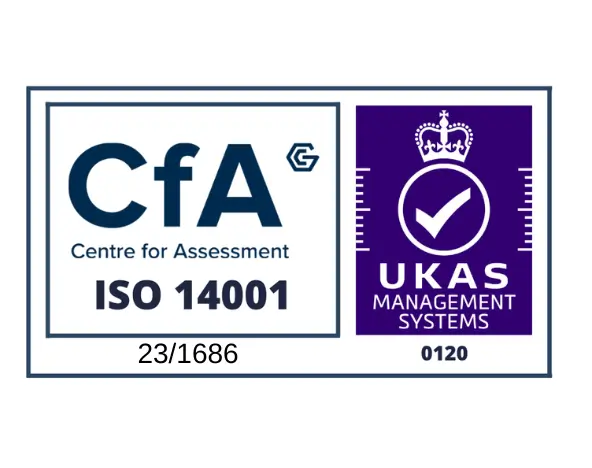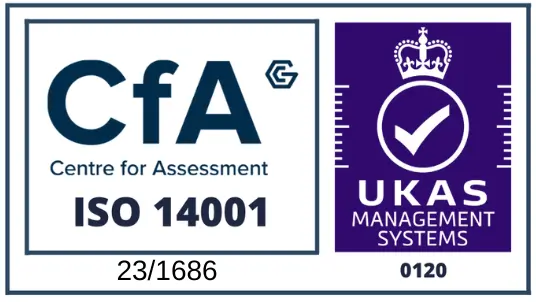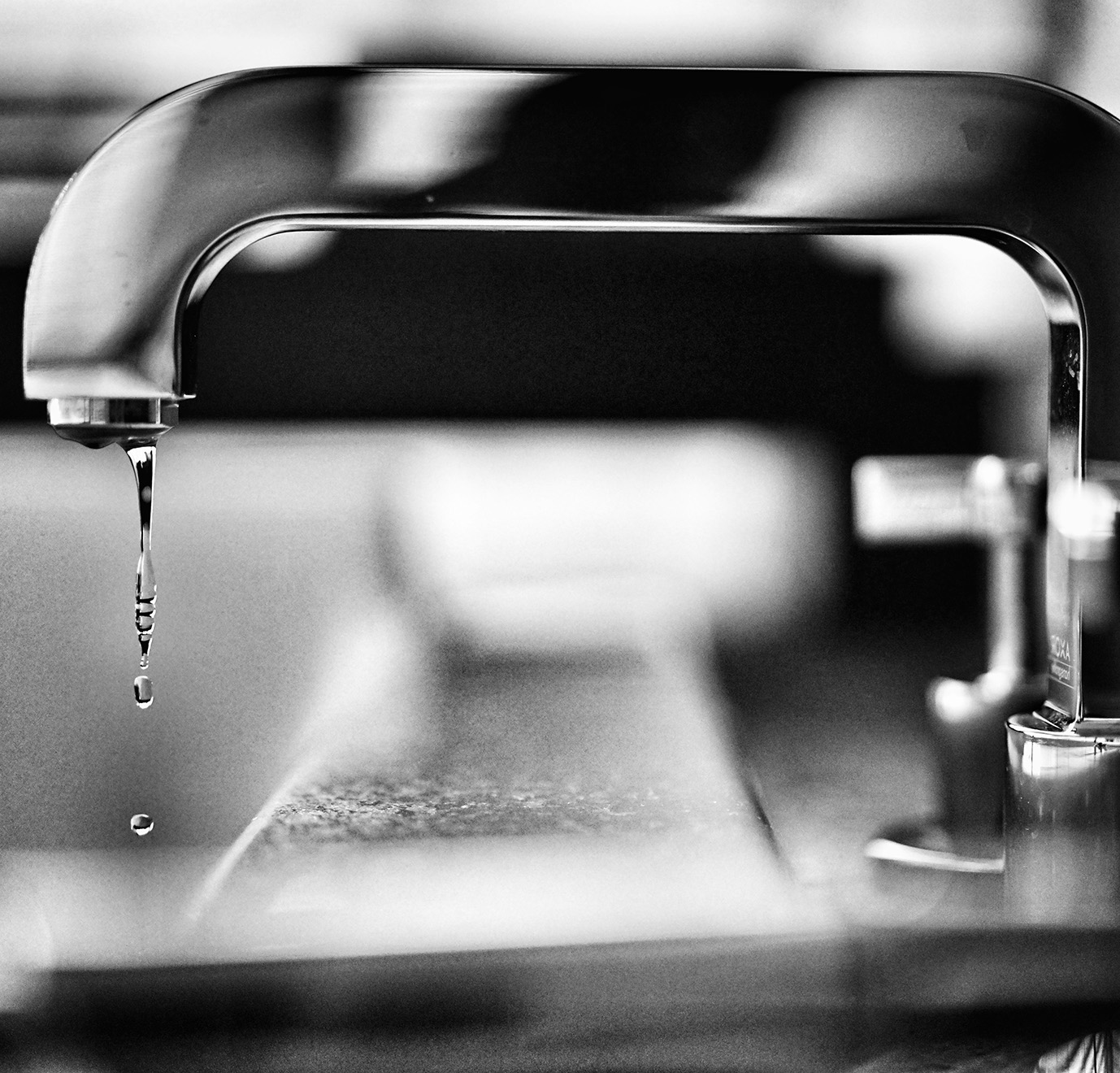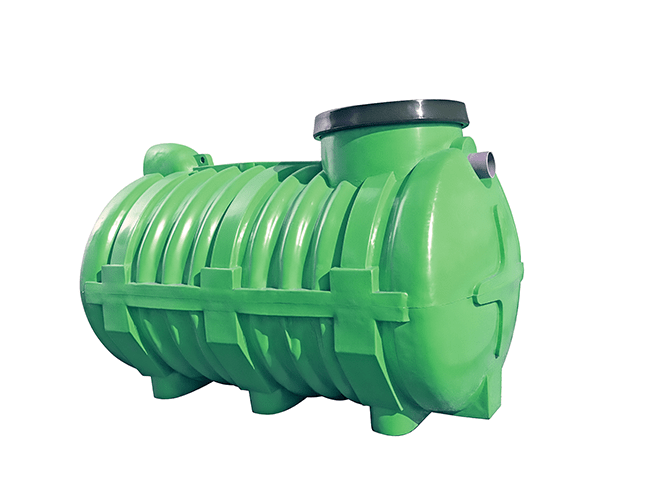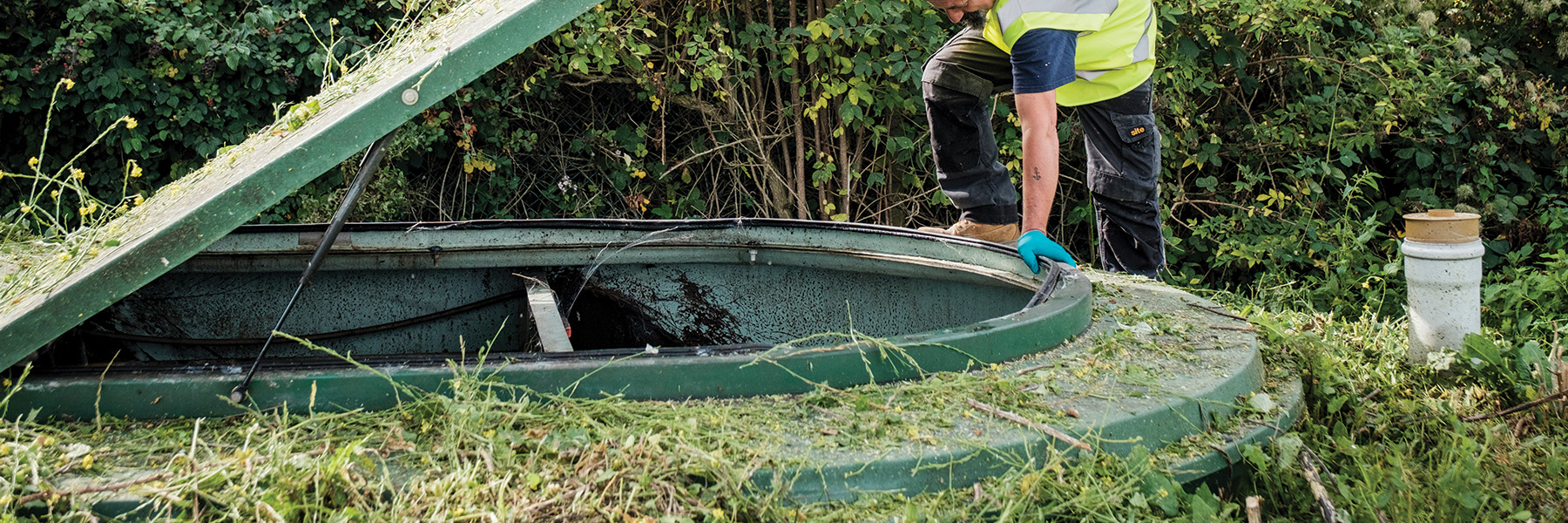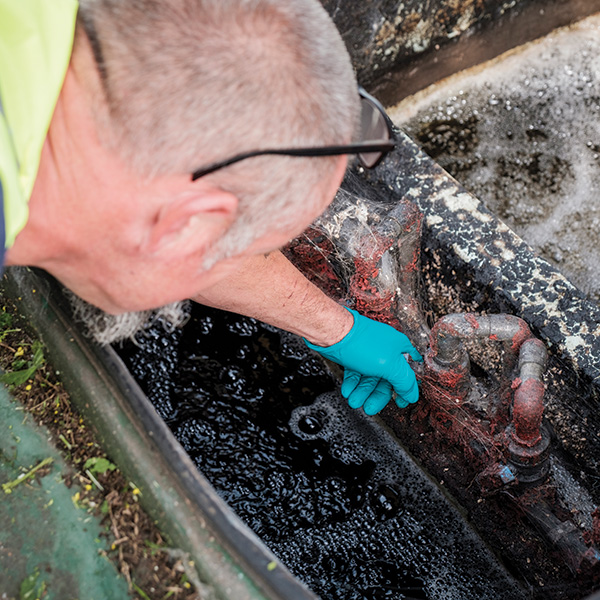
Booster pumps are an effective method of increasing water pressure and ensuring building users can access water of a suitable pressure, regardless of the number of outlets in use or size of the building.
Booster pumps are often used in larger sized buildings with multiple occupants such as flats, apartment blocks, office buildings, hotels, schools and Government buildings where mains pressure alone isn’t enough to meet demands.
Many booster pumps we find in operation are old units with antiquated controls which become less economical and efficient over time. With environmental impact becoming very important and the cost of electricity always rising, it can pay dividends to understand how economical your pump is and take steps to improve it.
Read our blog post to find out more about the considerable savings that can be unearthed through an energy check, the benefits of a modern booster pump and the importance of keeping your booster set professionally maintained.
Booster Set Energy Check Savings
A pump energy check gives you a clear view of your pumps current performance and the associated cost savings that could be made by upgrading your existing booster pumping system. When carrying out an energy check, the following factors are considered:
- Pump & head flow
- Motor power data
- Operating hours per year
- Age of pump
- Pump use
- Operating needs
From this data, the test can ascertain what energy savings could be made with the installation of a new booster set, including how long the payback time would be.
At Mawdsleys Pumps, we regularly carry out energy checks in line with the ISO 14414 Pump Energy Assessment Standards before making system recommendations to clients, often revealing thousands of pounds worth of energy savings that could be made.
In a recent test we carried out, we uncovered potential savings of over £40,000 over a 10 year period at an NHS facility in Bristol, read the full case study here.

The Benefits of a Modern Booster Set
Modern booster sets are made up of several components designed to enable adequate water pressure to any sized building. As technology has improved, so have the number of benefits a booster set offers, the key advantages are:
- Variable Speed Drives – Modern booster sets are fitted with variable speed drives, these drives have pressure sensors and flow sensors which keep the pressure constant with varying demand, extending the life of the pump and meaning you only pay for what you use.
- High Efficiency – As technology has improved, booster pumps have become more and efficient, offering adequate pressure on a normal mains water supply.
- Environmental Benefits – As a result of improved efficiency and variable speed technology, modern booster sets use less energy, reducing the carbon footprint.
- Duty, Standby and Assist – Modern booster sets are usually compromised of multiple pumps, meaning that there is a backup should the demand exceed the main pump, plus a standby pump should one fail. These are known as ‘duty’, ‘duty – assist’ and ‘standby’ pumps.
- Lower Running Costs – Equally, improved efficiency and reduced energy use results in lower overall running costs, building owners can expect a booster pump to pay off its installation cost long before the end of its life.
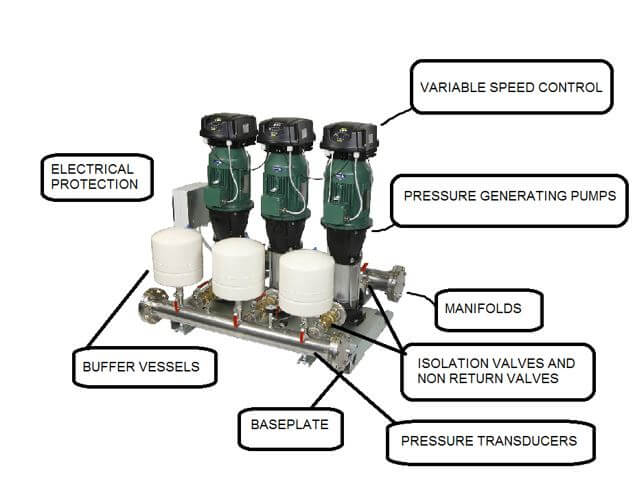
Keeping Your Booster Set Well Maintained
Due to their critical nature, there is never a good time for a booster pump to fail or start to underperform.
In order to keep your booster set running at maximum efficiency, it is recommended that you have your pump serviced by a professional pump engineer.
As well as keeping the pump running at full strength, regular servicing ensures that any developing faults are rectified, reducing the risk of breakdown.
Additionally, there are maintenance checks such as visual inspections that can be carried out every month to complement annual servicing.
To help keep on top of routine maintenance, we have created a free inspection checklist for responsible persons. Click the button below to download your copy.

Booster Pump Installation, Energy Checks & Service Contracts
At Mawdsleys Pumps, we offer an end to end service for the design, installation, repair and ongoing servicing of booster sets; with servicing contracts including regular preventative maintenance to keep your pump running efficiently, which will reduce risk of breakdown.
We also carry out energy checks for booster pumping systems, to highlight and inefficiencies in your system and suggest upgrades which could improve efficiency, reduce energy usage and save on running costs.
For more information about our energy checks, booster pump service or maintenance contracts, give one of our expert team a call today on 0117 954 8030 or fill out a contact form and we will get back to you.

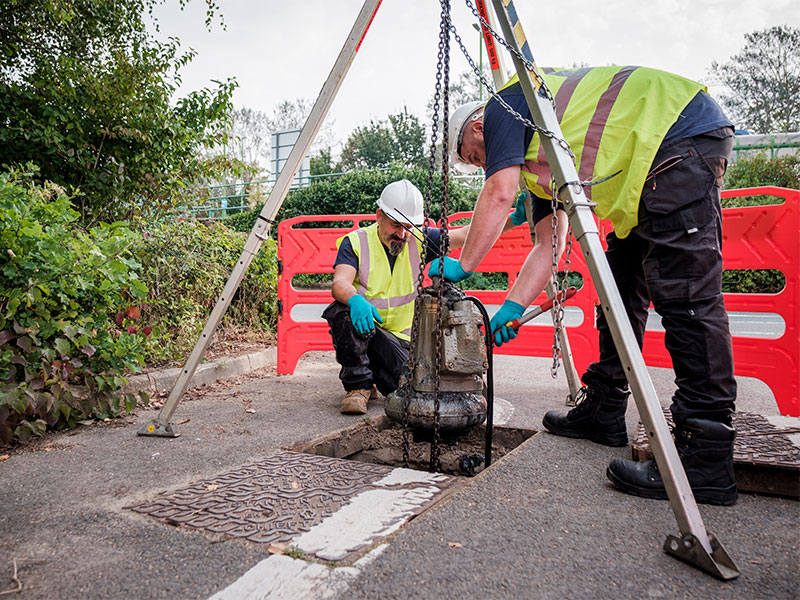
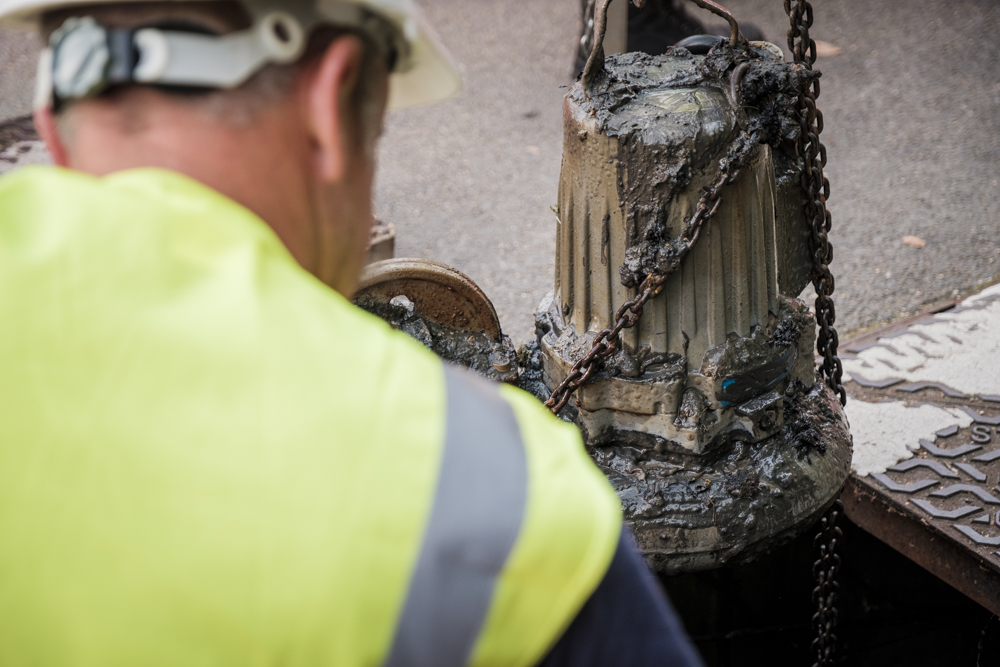
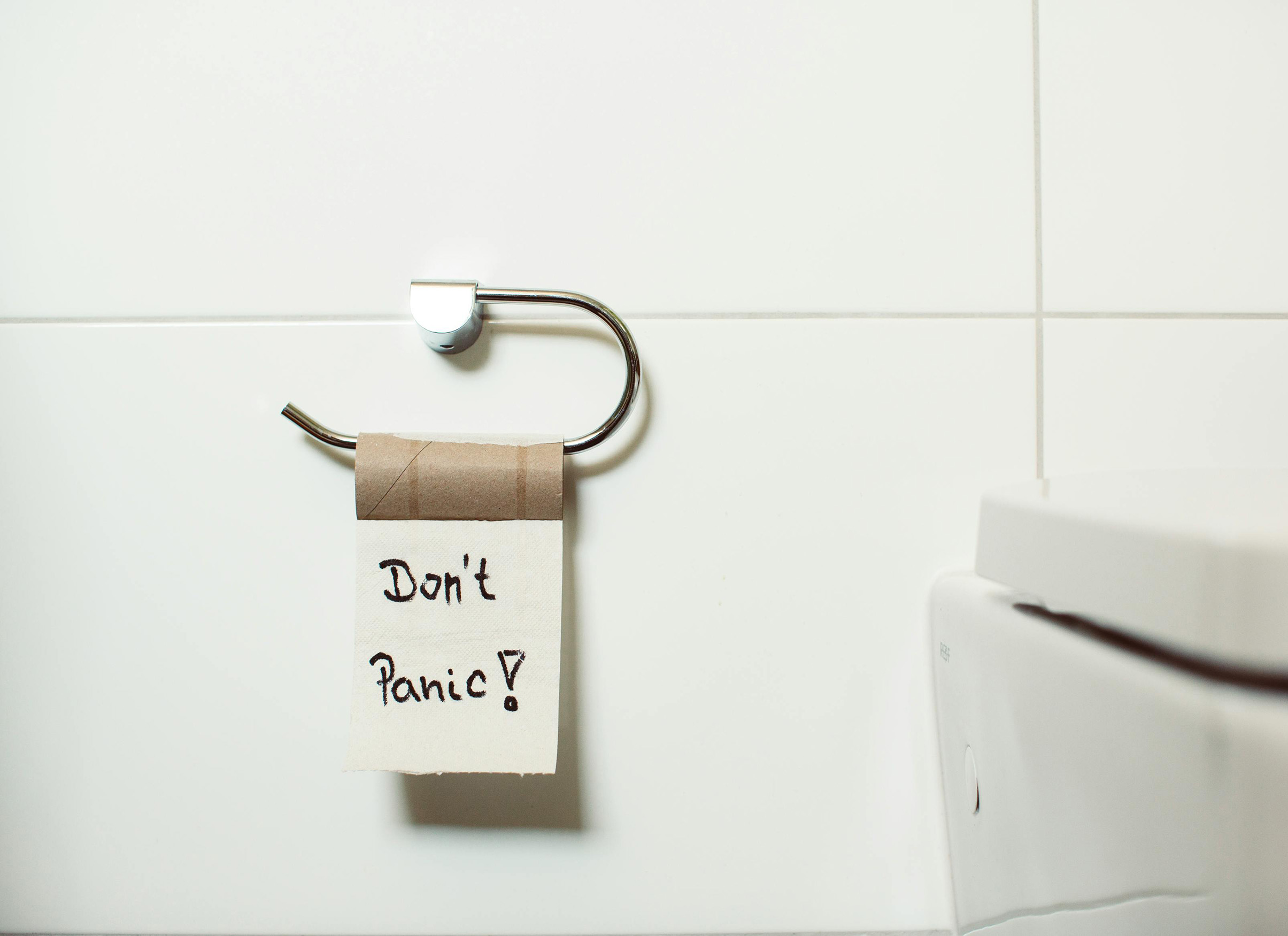

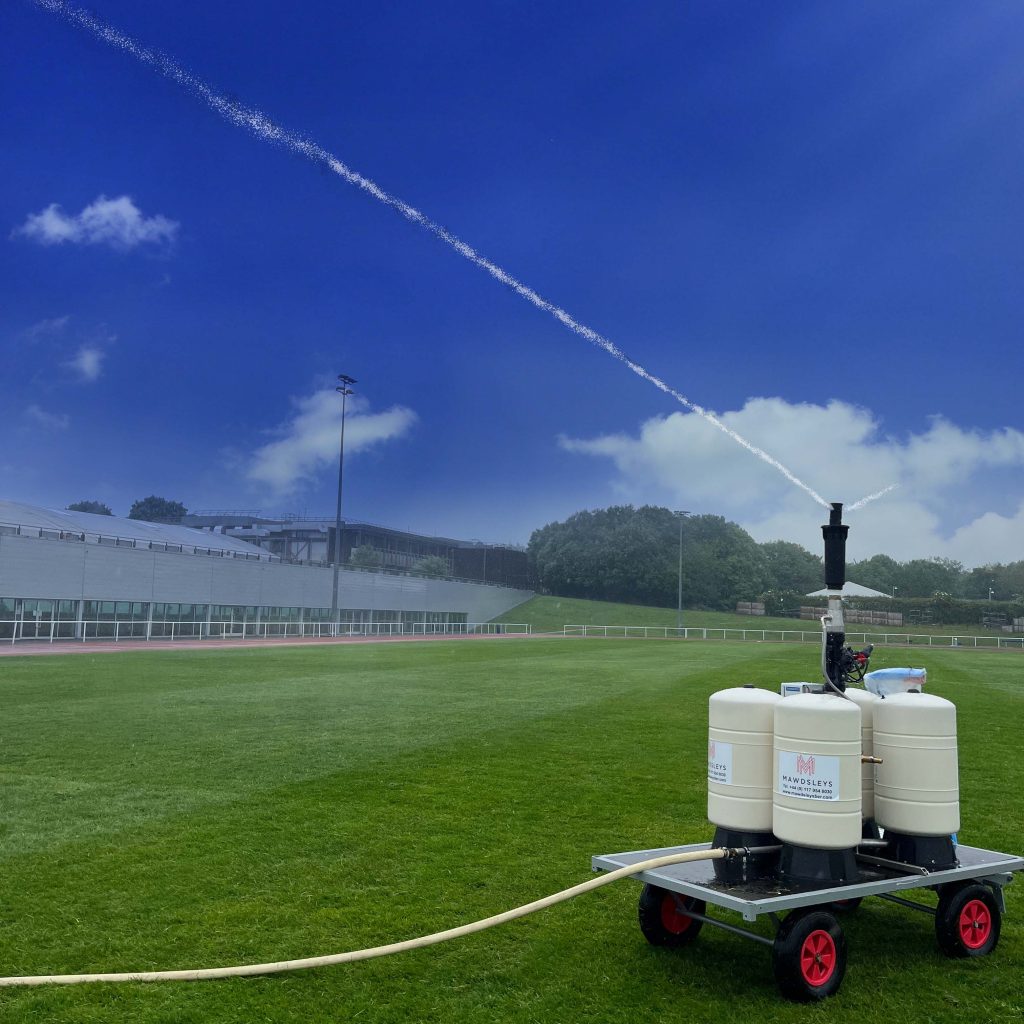
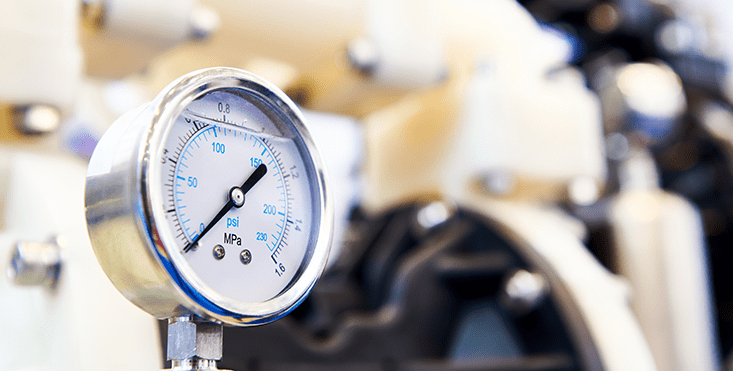

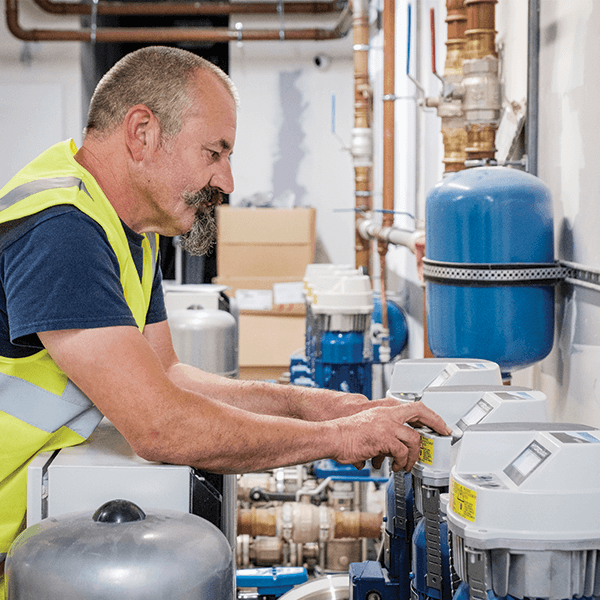
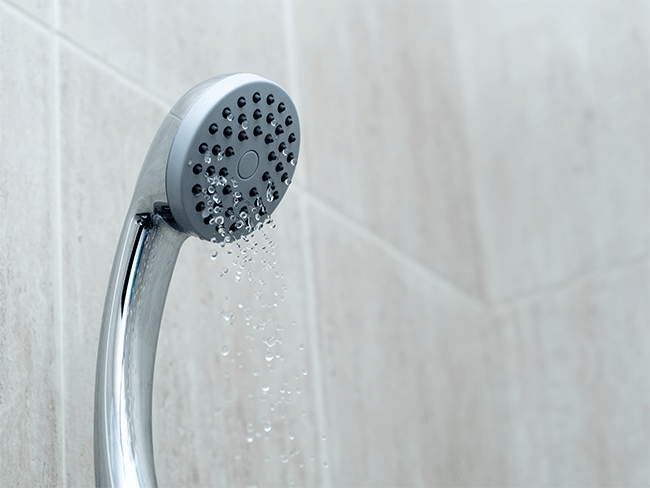 5. Low Water Pressure
5. Low Water Pressure



